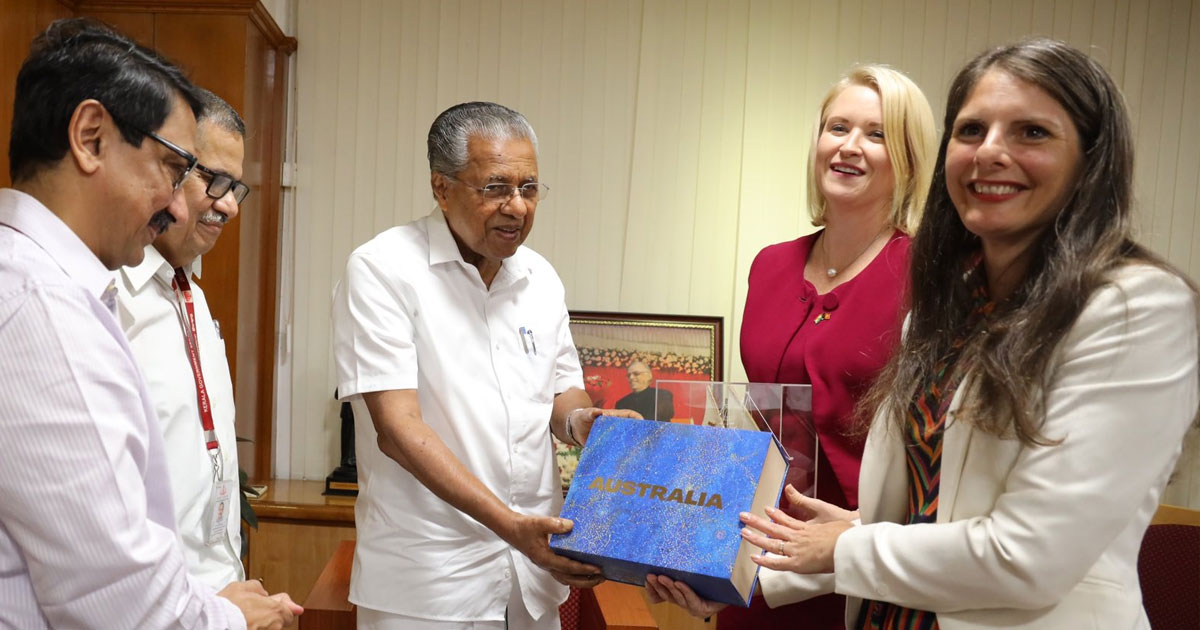As the pitch grows louder for sub-categorization of SCs, recently Telangana BJP President G Kishan Reddy clarified that the committee announced by PM Modi to resolve the issue of sub-categorization of Scheduled Castes was not to delay the issue but to speed up the process of categorization.
“This is not a commission or a committee, but a special task force. The Supreme Court will be monitoring the progress of the task force,” he said.
Kishan Reddy attributed the delay in addressing the SC categorization issue to the Congress, stating that despite the UPA government’s Justice Usha Mehra Commission submitting a report advocating the sub-categorization of Scheduled Castes, the Congress administration put the matter on the back burner without any resolution.
The issue is again in the news, due to the demands by the Madiga community in poll-bound Telangana. The total SC population in Telangana is around 17 percent and Madigas account for around 50 percent share in the SC population.
Justice Usha Mehra Commission recommended sub-categorisation of scheduled castes to help Madiga, Relli sub-castes to enjoy proportionate benefits of SC reservation.
— GVL Narasimha Rao (@GVLNRAO) March 23, 2022
To my supplementary question, Minister for Social Justice stated that (1/2)@BJP4Andhra pic.twitter.com/DFGg73L0At
What is the controversy around the sub-categorisation of Scheduled Castes (SC)?
Sub-categorization among SC is a far-reaching and controversial step, which involves establishing a separate quota for certain castes within the Scheduled Caste category. States have argued that among the SCs, there are some that remain under-represented despite reservation in comparison to other SCs.
Argument For: Sub-categorisation will prevent a few “influential Scheduled Caste communities” from monopolizing the majority of the benefits. For example- The Madigas allege that influential communities in SCs like Malas in Telangana corner most of the opportunities, similarly other states also have influential SC communities like Paswans in Bihar and Jatavs in UP. In the past many reports have also underlined the inequality within the SCs.
Argument Against: The prevalence of backwardness within Scheduled Castes is also rooted in the historical practice of untouchability. Sub-categorization may further sharpen the internal divisions and introduce a competitive aspect to affirmative action. It is imperative to note that there is no creamy layer in SC and ST, unlike OBCs. Such decisions by the government could lead to vote-bank politics and as a result, a President’s list was envisaged to protect from any such arbitrary changes.
Also Read: KCR Predicts Coalition Government At Centre After 2024 LS Polls
What is the Presidential List?
As per Article 341 of the Constitution, those castes notified by the President are called SCs and STs. This is called the Presidential list of the SCs and STs. A caste notified as SC in one state may not be a SC in another state.
Pending matters in the Court and Past Supreme Court and High court Rulings:
- In 1994 Haryana, Punjab in 2006, in 2008 Tamil Nadu, and recently Karnataka in 2023, moved to bring about sub-categorisation within their SCs but all these are on hold pending the Supreme Court’s decision.
- 1975- Government of Punjab issued a notification for the sub-categorization of SC into Vamikis and Mazhabi Sikhs and providing reservations to them.
- 2004- A Constitution Bench of the Supreme Court struck down an Andhra Pradesh law for sub-categorisation of SCs in the E.V.Chinnaiah V State of Andhra Pradesh because according to Article 341, the power to sub-categorise solely belongs to the President. Secondly, the Scheduled Caste category as a whole (as determined under Article 341) was one “homogenous” group. This meant that any sub-classification within a homogenous group would violate the right to equality.
Since the Supreme Court’s Chinnaiah decision ruled that sub-classification within the SC category was not permitted, the Punjab and Haryana HC Struck down the Punjab notification in 2006, after 31 years when the Punjab government had issued the notification on sub-categorisation. - 2006- Punjab government again passed a law, giving first preference to Valmiki Sikhs and Mazhabi Sikhs.
- 2010- Punjab and Haryana HC again struck down this provision of the Punjab Government’s Act of 2006, based on the Supreme Court’s decision in Chinnaiah, leading to a subsequent appeal to the Supreme Court.
- 2014- A three-judge bench hearing the appeal referred the matter to a five-judge Constitution Bench to assess the correctness of E.V.Chinnaiah case.
- 2020- A five-judge bench of the Supreme Court held that the state has the power to sub-categorise the Schedule Castes but requested the Chief Justice to refer the matter to a bench of seven or more judges.
- On 12 October 2023, the Supreme Court has listed the appeal for hearings by a seven-judge bench from 17 January 2024.
Constitutional Aspect:
If the Central government wants to go ahead with the sub-categorisation of SCs in any state or across the country, it will need to amend Article 341 of the Constitution.
However according to the latest Supreme Court ruling in 2020, states are empowered to do the sub-categorisation but if the Centre does the same, it might bring federal issues to the fore, as the move could be seen as encroaching upon the powers of the state.
So, considering all the above facets, one option involves pursuing the legal route: the government can choose to wait for the formation of a larger bench in the Supreme Court, as the Supreme Court has already been requested to adjudicate on the matter or alternatively another suggestion is to proceed with the amendment.








[…] Also Read: The Larger Framework Of Sub-Categorisation Of Scheduled Castes […]